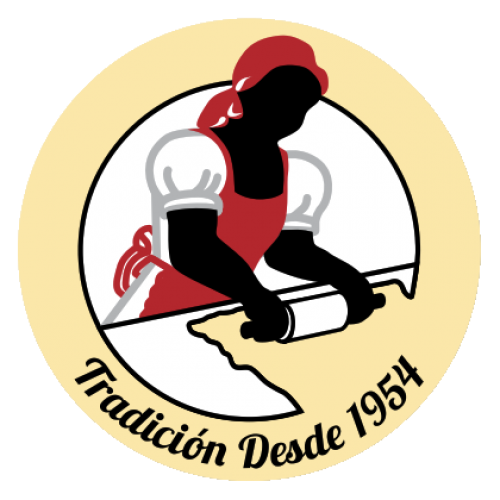A system that is effective in capturing and storing information is essential when working with documents. It could involve using an actual scanner to digitize paper-based documents or software programs to create and archive electronic documents.
Documents can be in any form and can contain any kind of information. It can be highly organized, such as tabular documents or lists, forms or scientific charts or semi-structured, such as a book or newspaper article or unstructured, such as notes or letters.
The majority of documents, particularly those created in an organization or other professional setting, adhere to a certain set of standards and conventions that are widely accepted within the company. This ensures consistency and transparency in the workflows and documentation ecosystem.
When writing a document, it is essential to keep in mind that the document is likely be read by other people who might not have the same experience or knowledge as you do. It is therefore essential to make the event more contextual and include as much detail as possible to avoid misinterpretation or incorrect interpretation of the information within the document.
When you work with documents, it is essential to be as transparent and honest as possible. When you’re documenting an incident at work or writing a performance review, it’s important to document the event in a neutral and objective way. Making sure you are honest and refrain from making the use of discriminatory language in your records will help you establish credibility with the people that read your documents.

